-
Doctors
-
Specialities & Treatments
Centre of Excellence
Specialties
Treatments and Procedures
Hospitals & Directions HyderabadCARE Hospitals, Banjara Hills CARE Outpatient Centre, Banjara Hills CARE Hospitals, HITEC City CARE Hospitals, Nampally Gurunanak CARE Hospitals, Musheerabad CARE Hospitals Outpatient Centre, HITEC City CARE Hospitals, Malakpet
HyderabadCARE Hospitals, Banjara Hills CARE Outpatient Centre, Banjara Hills CARE Hospitals, HITEC City CARE Hospitals, Nampally Gurunanak CARE Hospitals, Musheerabad CARE Hospitals Outpatient Centre, HITEC City CARE Hospitals, Malakpet Raipur
Raipur
 Bhubaneswar
Bhubaneswar Visakhapatnam
Visakhapatnam
 Nagpur
Nagpur
 Indore
Indore
 Chh. Sambhajinagar
Chh. SambhajinagarClinics & Medical Centers
Book an AppointmentContact Us
Online Lab Reports
Book an Appointment
Consult Super-Specialist Doctors at CARE Hospitals
Idiopathic Intracranial Hypertension: Symptoms, Causes and Treatment
Updated on 19 November 2024
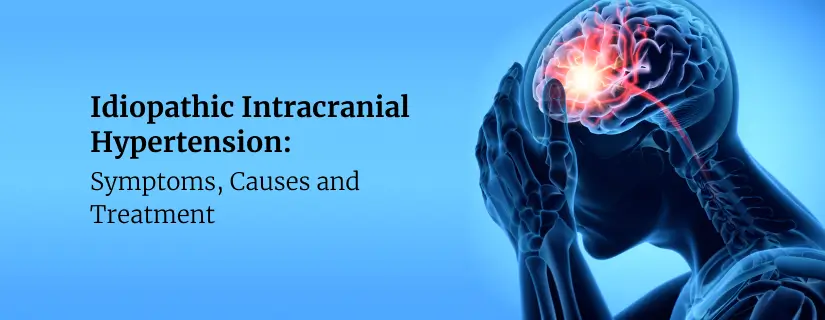
Table of Content
Idiopathic intracranial hypertension (IIH) is a rare condition that affects the pressure inside the skull, causing a range of troublesome symptoms. Living with idiopathic intracranial hypertension can be challenging, but understanding this condition and knowing how to manage it can make a big difference in daily life. Let's explore how doctors diagnose and treat this condition when to seek medical help, and ways to prevent it.
What is Idiopathic Intracranial Hypertension?
Idiopathic intracranial hypertension (IIH) is a condition characterised by high pressure around the brain. This increased pressure affects various aspects of a person's health, particularly their vision and comfort. The term "idiopathic" itself means the cause is unknown, "intracranial" refers to the location within the skull, and "hypertension" indicates high pressure.
Types of Intracranial Hypertension
IIH is a complex condition that can be categorised into different types based on its presentation and underlying factors:
- Primary IIH: It occurs when no specific cause can be identified for the increased pressure on the brain. This form is the most common and is often associated with obesity, particularly in women of childbearing age.
- Acute Intracranial Hypertension: It develops suddenly, often due to accidents or strokes.
- Chronic Intracranial Hypertension: It builds over time and may result from health issues such as blood clots, brain tumours, or certain medications.
Causes of Idiopathic Intracranial Hypertension
The exact cause of IIH remains unknown, hence the term "idiopathic". However, researchers have identified several risk factors and potential contributors to this condition. These include:
- Obesity: It is one of the most dominant risk factors for IIH, particularly in women of childbearing age.
- Gender: IIH cases occur more in women.
- Medical Conditions: Endocrine disorders, such as Addison's disease and hypoparathyroidism, vitamin A intoxication, or hypervitaminosis A, have been associated with intracranial hypertension.
- Medications: Tetracycline antibiotics, nitrofurantoin, lithium, and thyroid replacement therapy in hypothyroid children have also been linked with the condition.
Symptoms of Idiopathic Intracranial Hypertension
IIH has a range of symptoms that can impact daily life, including:
- Severe, constant throbbing headache
- Headache tends to be worse in the morning or when coughing and straining, but it may improve when standing up.
- Some individuals experience such intense headaches that they are awakened from sleep.
- Vision problems like temporary loss of vision, double vision, or sudden blind spots.
- In severe IIH cases, there can be a loss of peripheral (side) vision or even temporary blindness.
Other intracranial hypertension symptoms include:
- Feeling and being sick
- Fatigue
- Irritability
- Difficulty or pain when looking at bright lights, a condition known as photophobia
- Pulsatile tinnitus (a pulsing rhythmic noise in the ears)
- Problems with coordination and balance, mental confusion, loss of feeling or weakness in parts of the body
- Shoulder and neck pain
Diagnosis
The diagnostic process typically involves seeing both a neurologist and an ophthalmologist.
- The neurologist will conduct a physical examination to check functions like muscle strength, reflexes, and balance.
- An ophthalmologist performs a dilated eye exam to examine the back of the eye and a visual field test to assess peripheral vision. These tests are crucial for detecting signs of IIH, such as papilloedema (swelling of the optic nerves).
- Brain imaging, such as CT or MRI imaging, can exclude other potential causes of intracranial hypertension, like brain tumours or blood clots. These scans should appear normal in cases of IIH.
- A lumbar puncture (spinal tap) is a key diagnostic tool. This procedure measures the pressure of the cerebrospinal fluid (CSF) surrounding the brain & spinal cord.
- To confirm a diagnosis of IIH, doctors look for five specific criteria:
- Papilloedema
- Normal neurological examination (except for possible double vision)
- Normal brain imaging
- Normal CSF analysis
- Elevated lumbar puncture opening pressure
A diagnosis of IIH can be confirmed if all these criteria are met and no other cause is found.
Treatment for Idiopathic Intracranial Hypertension
- Weight Loss: Studies have shown that a significant reduction in body weight can decrease intracranial pressure, improve symptoms, and even put IIH into remission.
- Medical Treatments: They include the use of acetazolamide, a diuretic that reduces cerebrospinal fluid production and improves visual function.
- Surgery: When conservative idiopathic intracranial hypertension treatments are unsuccessful, doctors may recommend the following surgeries.
- Shunt Surgery: Excess cerebrospinal fluid is diverted to another part of the body.
- Optic Nerve Sheath Fenestration: It involves creating a small window in the sheath around the optic nerve to relieve pressure.
- Venous Sinus Stenting: This procedure involves placing a stent to widen narrowed venous sinuses, potentially reducing intracranial pressure.
When to See a Doctor
Seek emergency care if you have:
- Sudden severe headaches
- Changes in vision
- Confusion
- Weakness
- A head injury with a high temperature
Prevention
While idiopathic intracranial hypertension cannot be entirely prevented, there are measures one can take to bring down their risk. These include:
- Managing Weight: The most effective preventive measure is maintaining a healthy weight.
- Adopting a Healthy Diet & Regular Exercise: These lifestyle changes not only help prevent idiopathic intracranial hypertension but also offer broader health benefits, potentially reducing an individual's susceptibility towards heart disease, stroke, and diabetes.
- Managing Other Risk Factors: If you have conditions that increase your risk of intracranial hypertension, such as iron-deficiency anaemia, it's essential to manage them effectively.
Conclusion
Living with idiopathic intracranial hypertension can be challenging. However, understanding the condition and knowing how to manage it can make a big difference in daily life. From maintaining a healthy weight to seeking prompt medical attention when symptoms arise, there are several ways to tackle this condition head-on. Regular check-ups with doctors and staying on top of treatment plans are key to managing symptoms and preserving vision.
FAQs
1. Who might get idiopathic intracranial hypertension?
Idiopathic intracranial hypertension (IIH) predominantly affects women of childbearing age, typically between 20 and 30 years old.
2. Is IIH a serious condition?
While idiopathic intracranial hypertension is not usually life-threatening, it can be a lifelong problem with serious consequences. The main concern is the potential impact on vision. IIH can cause chronic disabling headaches and visual disturbances. In severe cases, there's a risk of permanent vision loss, which occurs in up to a quarter of patients. Regular monitoring and appropriate treatment are crucial to manage symptoms and preserve vision.
3. What not to eat with IIH?
For individuals with IIH, specific dietary restrictions may be beneficial:
- Limit fats and salt intake, as these can contribute to water retention and hinder weight loss.
- Reduce consumption of foods enriched in vitamin A, such as beef liver, sweet potatoes, carrots, tomatoes, and leafy greens.
- Limit foods high in tyramine, including aged cheeses, cured meats, pickled foods, beer, and wine.
- Avoid excessive intake of fermented soy products, sauerkraut, olives, and broad beans.
ENQUIRY FORM
SELECT CATEGORIES
-
Neurosciences (16)
-
Neurology (37)
-
Neurosurgery (14)
-
Orthopaedics (48)
-
Oncology (33)
-
Obstetrics and gynecology (51)
-
Pulmonology (23)
-
Urology (20)
-
Nephrology (13)
-
Psychiatry (7)
-
Dietetics and Nutrition (111)
-
General Medicine (63)
-
Cardiac Sciences (30)
-
Vascular & Endovascular Surgery and Interventional Radiology (10)
-
Gastroenterology (46)
-
Endocrinology (23)
-
Plastic Surgery (10)
-
Critical Care Medicine (5)
-
COVID-19 (16)
-
Dermatology (16)
-
Emergency Care (1)
-
Ophthalmology (4)
-
Pediatrics (14)
-
Laparoscopic and Bariatric Surgery (8)
-
ENT (15)
-
Kidney Transplant (1)
-
Liver Transplantation and Hepatobiliary Surgery (5)
-
General Surgery (3)
-
Internal Medicine (5)
-
Medicine Information
Trigeminal Neuralgia: Symptoms, Causes, Treatment and Medication
Sinus Headache: Symptoms, Causes, Treatment and Home Remedies
YOU MAY ALSO LIKE
RECENT BLOGS
-

Direct Anterior Approach in Total Hip Replacement: Advantages and Challenges
10 April 2025
Read More
-
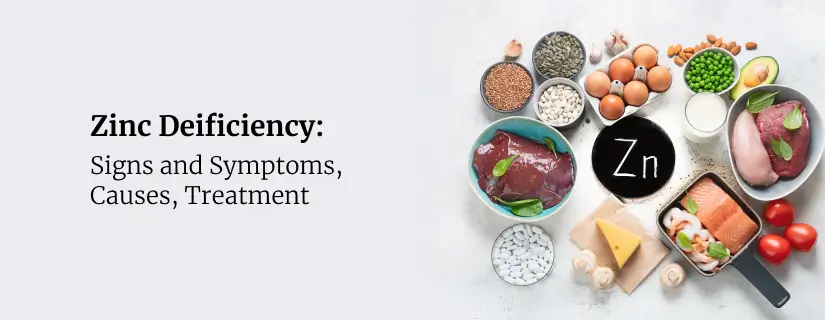
Zinc Deficiency: Signs and Symptoms, Causes, Treatment
9 April 2025
Read More
-

Chest Pain When Coughing: Causes, Treatment and Home Remedies
9 April 2025
Read More
-

12 Health Benefits of Eating Mushrooms
8 April 2025
Read More
-

7 Health Benefits of Blood Donation You Should Know About
8 April 2025
Read More
-

Implantation Bleeding Vs Periods: Know the Difference
28 February 2025
Read More
-

Bloating During Ovulation: Symptoms, Causes and Remedies
28 February 2025
Read More
-

Itching During Dengue: Causes, Treatment and Home Remedies
18 February 2025
Read More
Have a Question?
If you cannot find answers to your queries, please fill out the enquiry form or call the number below. We will contact you shortly.




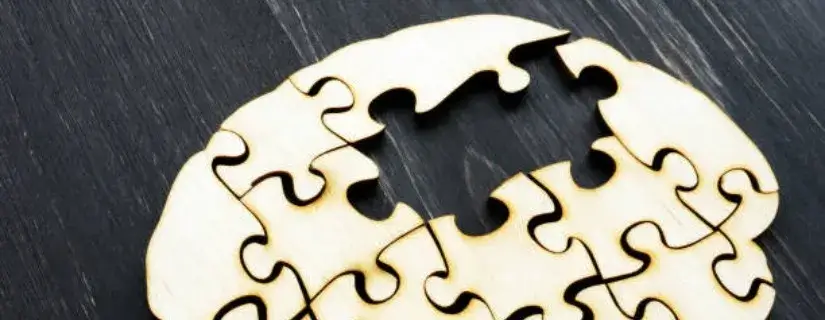

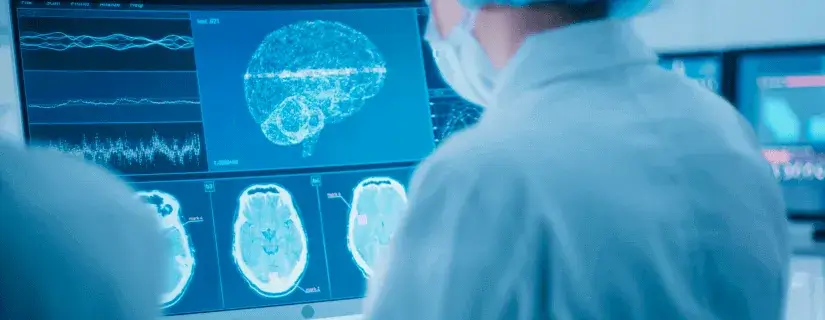
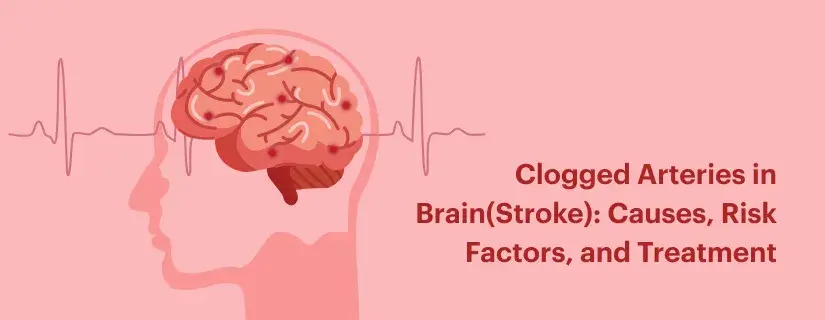


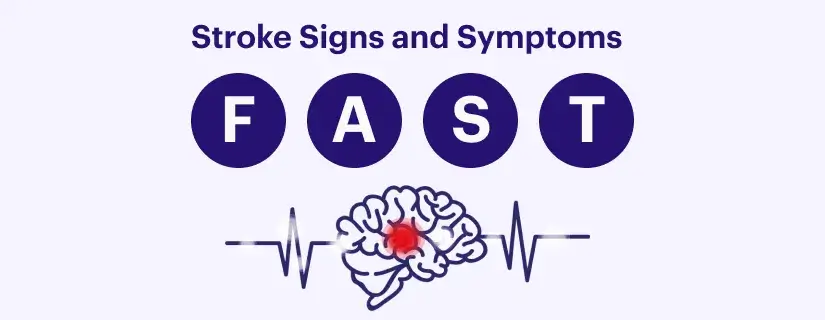
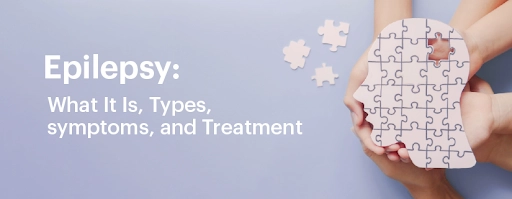
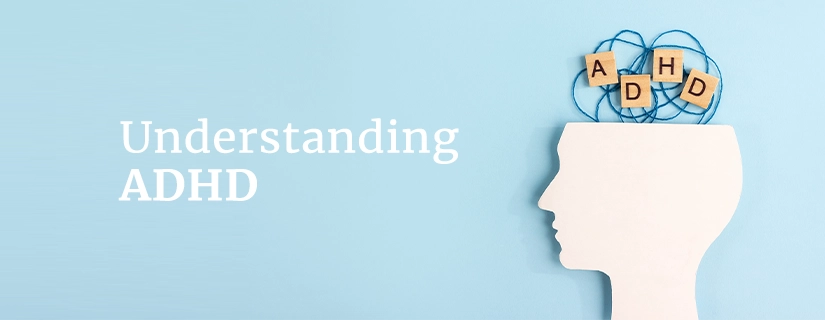





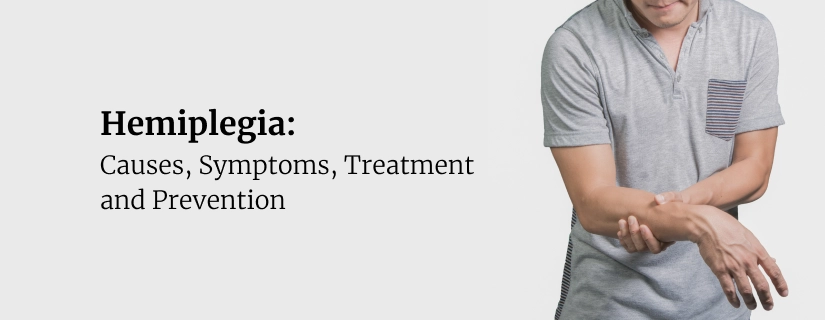
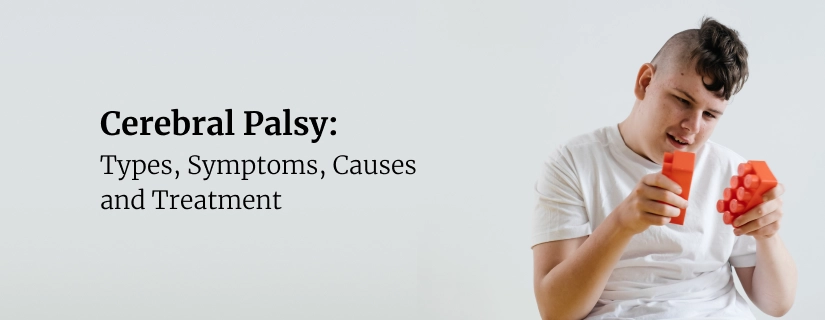



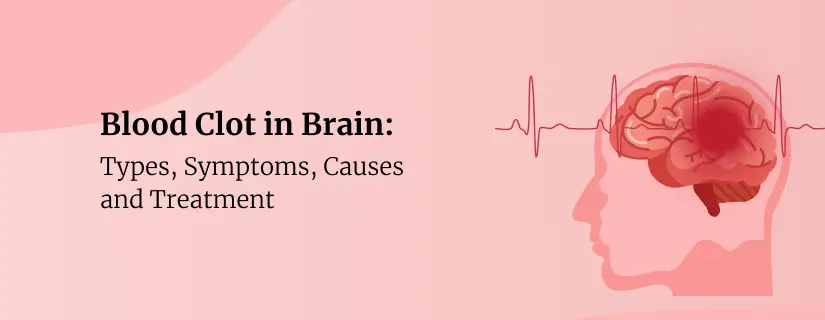

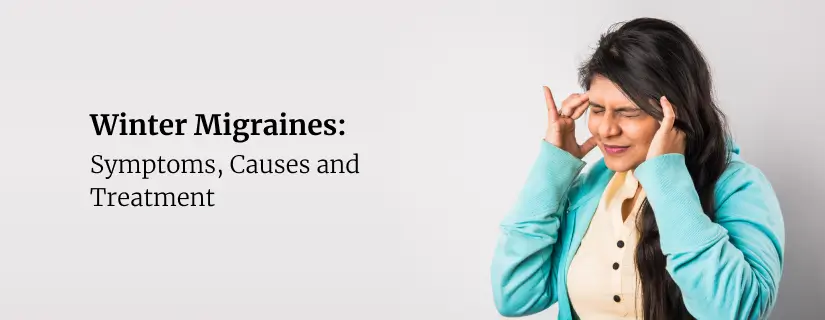


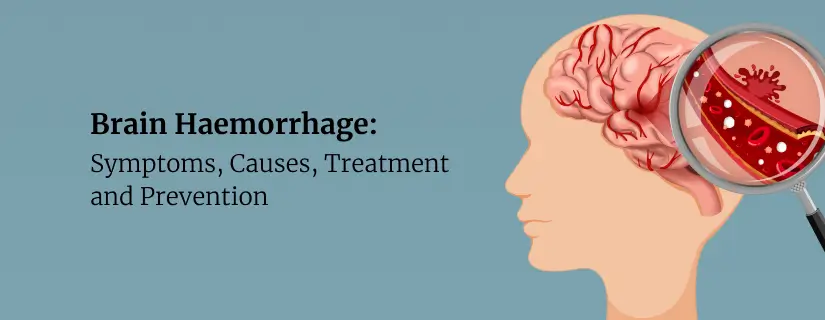
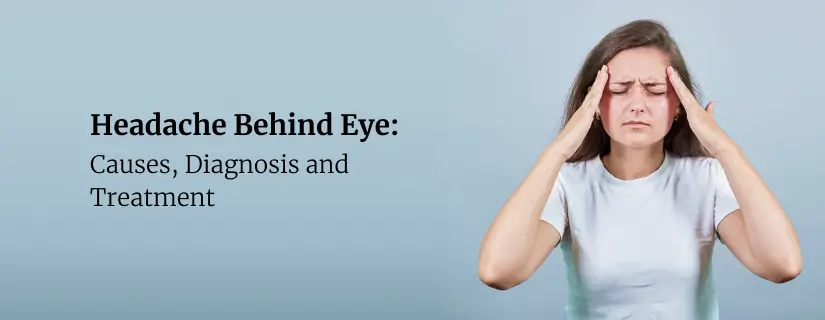

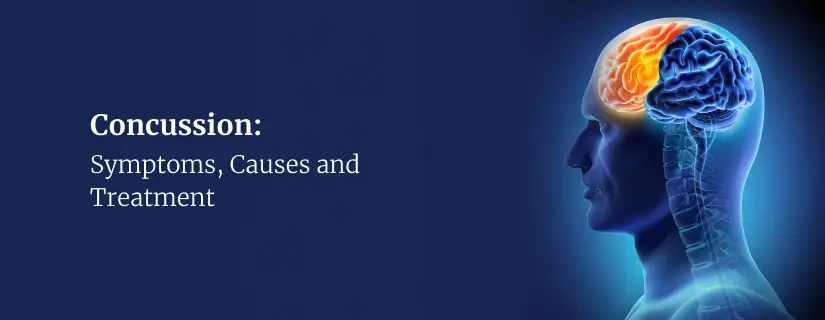
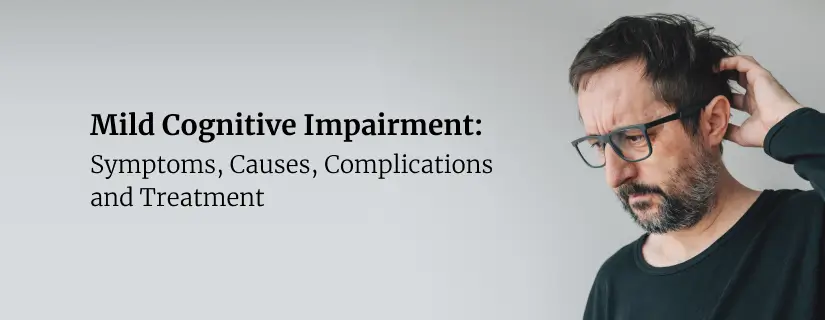

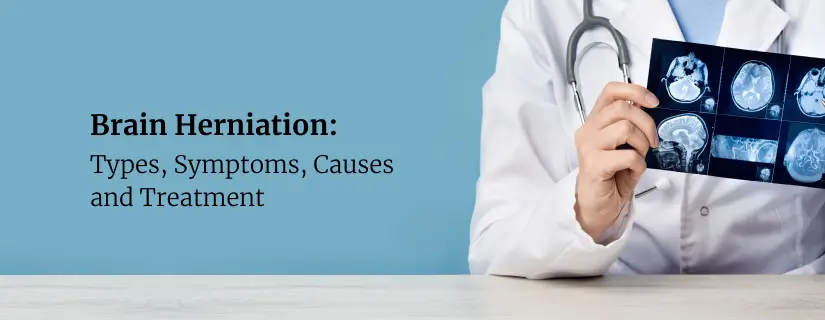
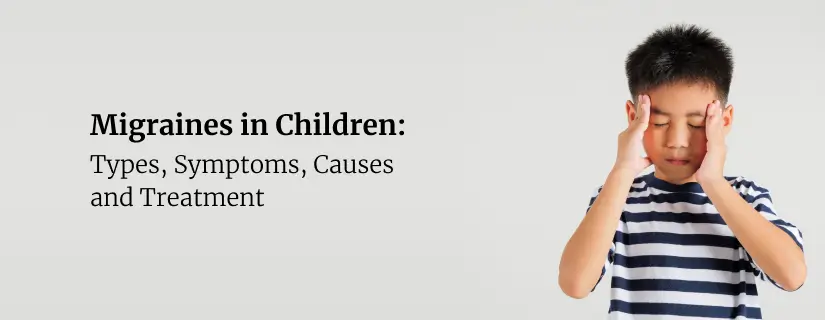
.webp)